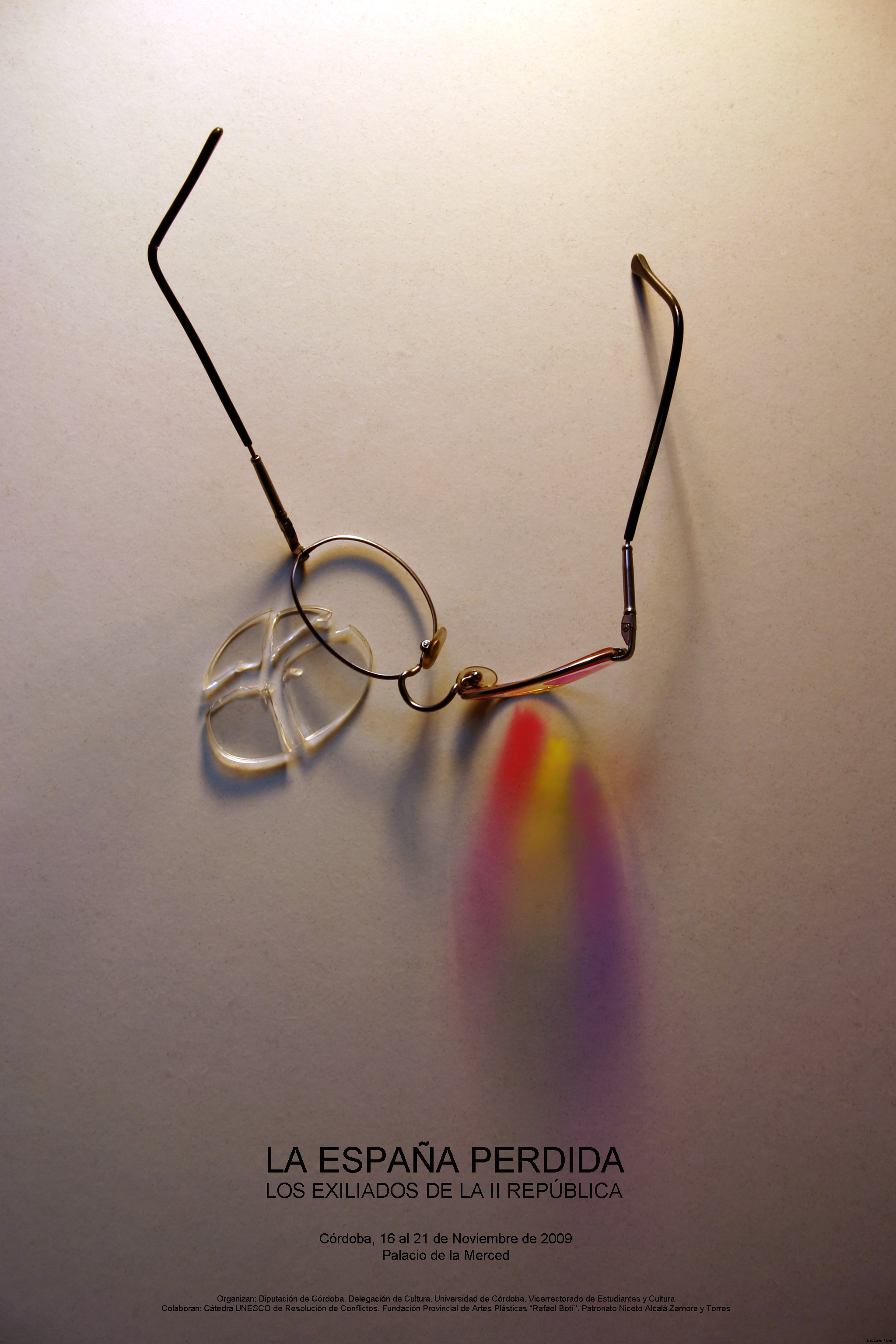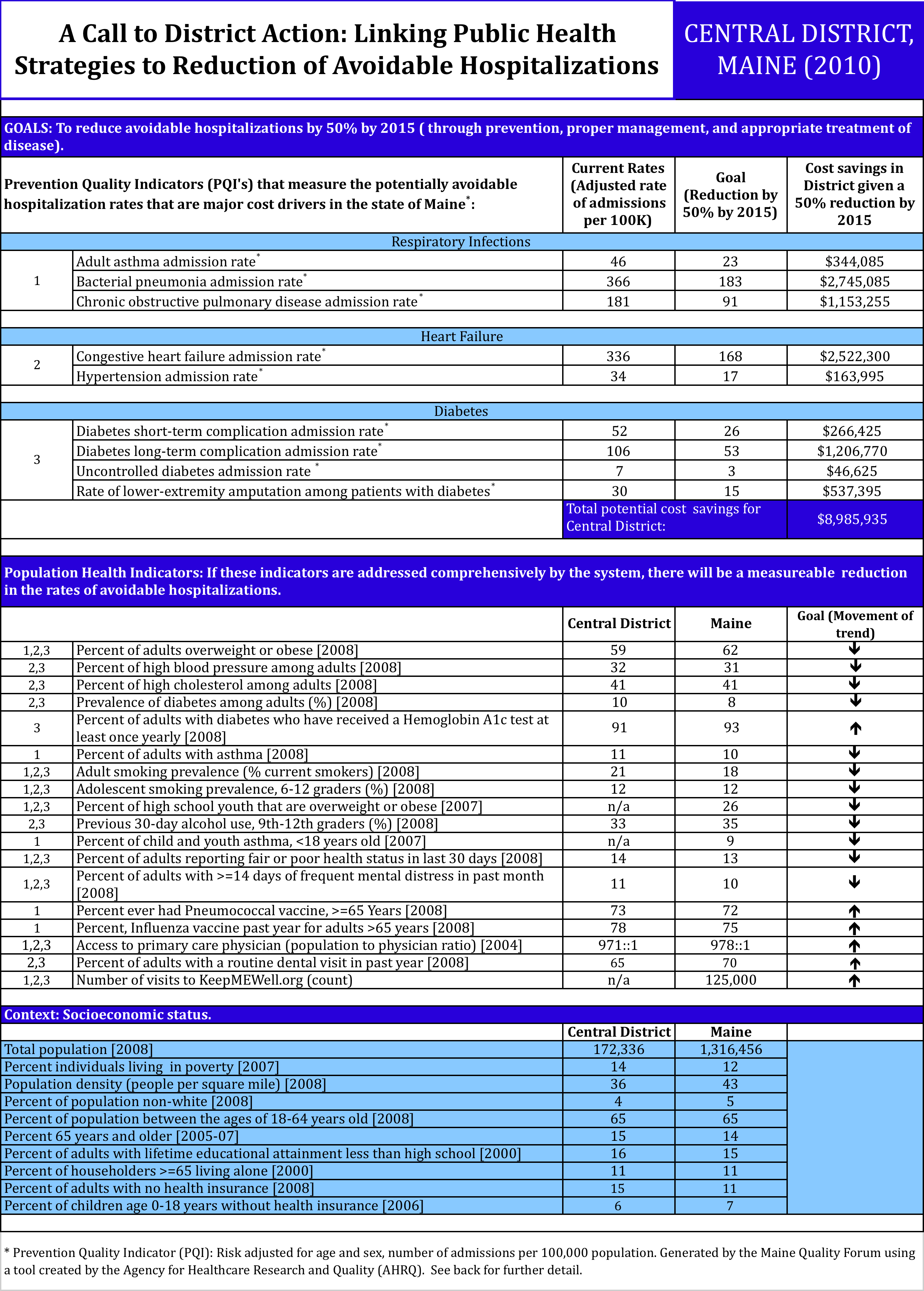1. a charged rod is brought near a small insulating piece of plastic as shown. a) does the rod exert a force on the piece of plastic
1. A charged rod is brought near a small insulating piece of plastic
as shown.
a) Does the rod exert a force on the piece of plastic? If so answer
parts b) and c). If not, carefully explain why not.
b) Indicate the direction of the force on the piece of plastic with an
arrow.
c) Explain why the rod exerts a force on the piece of plastic.
Illustrate your explanation by sketching the arrangement of charge on
the insulator.
2. A charged rod is brought near a small conducting piece of aluminum
foil as shown.
a) Does the rod exert a force on the foil? If so answer parts b) and
c). If not, carefully explain why not.
b) Indicate the direction of the force on the piece of foil with an
arrow.
c) Explain why the rod exerts a force on the piece of foil. Illustrate
your explanation by sketching the arrangement of charge on the
insulator.
3. Three students are having a conversation about a demonstration that
their instructor showed them in which a charged rod attracted an
aluminum can. They are speculating if a light plastic can could be
attracted as well.
Student A: “I don’t think the plastic can would be attracted to the
rod. Electrons are repelled off the aluminum can leaving it positively
charged so it is attracted to the rod. That can’t happen in an
insulator.”
Student B: “I think the plastic can would be attracted to the rod. The
charges in the atoms can be slightly rearranged with an opposite
charge closer to the rod.”
Student C: “I think the plastic can would be repelled. Plastic always
gets negatively charged so the rod and the plastic can would have like
charges which would repel”
a) With which student do you agree, if any?
___ A
___ B
___ C
___ I don’t agree with any of them
b) Carefully explain your reasoning.
4. Three students are having a conversation about the fact that the
electrostatic force can be both attractive and repulsive and what this
means about charge.
Student A: “The fact that the force is both repulsive and attractive
means there are exactly two types of charge. After all, opposites
attract and likes repel.”
Student B: “There are more than two types of charge. An uncharged
aluminum can is attracted to a charged rod. So neutral is also a
charge.”
Student C: “There could be more than two types of charge. You could
have two groups of charges that repelled each other within a group,
but attracted charges in the other group.”
a) With which student do you agree, if any?
___ A
___ B
___ C
___ I don’t agree with any of them
b) Carefully explain your reasoning
5. Three students are having a conversation about a demonstration that
their instructor showed them in which a charged rod attracted an
aluminum can. They are speculating if a light plastic can could be
attracted as well.
Student A: “I don’t think the plastic can would be attracted to the
rod. Electrons are repelled off the aluminum can leaving it positively
charged so it is attracted to the rod. That can’t happen in an
insulator.”
Student B: “I think the plastic can would be attracted to the rod. The
charges in the atoms can be slightly rearranged with an opposite
charge closer to the rod.”
Student C: “I think the plastic can would be repelled. Plastic always
gets negatively charged so the rod and the plastic can would have like
charges which would repel”
a) With which student do you agree, if any?
___ A
___ B
___ C
___ I don’t agree with any of them
b) Carefully explain your reasoning.
6. A student brings a negatively charged rod near a small paper
cylinder. The student observes that the cylinder is attracted to the
rod and makes the following statement.
Student: “The paper cylinder must have already been charged. That is
the only way it could have been attracted to the rod.”
a) What if anything is wrong with the student’s statement?
b) If it is wrong, say what is wrong. If it is correct, say why it is
correct.
c) Draw a sketch to illustrate your answer to part b).
7. A student brings a negatively charged rod near a sock and notices
that the sock is attracted to the rod. The student makes the following
statement.
Student: “Since the sock was attracted to the rod, it must be
positively charged.”
a) What if anything is wrong with the student’s statement?
b) If it is correct state why it is correct. If it is wrong state what
is wrong.
 INSTITUTO DE LA MUJER AREAS NUTRICION Y PSICOLOGIA C
INSTITUTO DE LA MUJER AREAS NUTRICION Y PSICOLOGIA C DIPARTIMENTO PER LE POLITICHE DELLA FAMIGLIA FORMAT 4 FORMULARIO
DIPARTIMENTO PER LE POLITICHE DELLA FAMIGLIA FORMAT 4 FORMULARIO PRIMERNO ZA OTROKE OD 3 LETA STAROSTI DA BODO
PRIMERNO ZA OTROKE OD 3 LETA STAROSTI DA BODO LA ESPAÑA PERDIDA LOS EXILIADOS DE LA SEGUNDA REPÚBLICA
LA ESPAÑA PERDIDA LOS EXILIADOS DE LA SEGUNDA REPÚBLICA BREAKEVEN REVISION NOTES A BUSINESS WILL USE BREAKEVEN
BREAKEVEN REVISION NOTES A BUSINESS WILL USE BREAKEVEN OUR REF A91312 CONTACT OFFICER TANYA HOBBS CONTACT PHONE
OUR REF A91312 CONTACT OFFICER TANYA HOBBS CONTACT PHONE LEMBAGA ADMINISTRASI NEGARA REPUBLIK INDONESIA KEPUTUSAN KETUA LEMBAGA
LEMBAGA ADMINISTRASI NEGARA REPUBLIK INDONESIA KEPUTUSAN KETUA LEMBAGA EL LOGO DE SU SOCIEDAD AQUÍ P RECICLIX ¡PARA
EL LOGO DE SU SOCIEDAD AQUÍ P RECICLIX ¡PARA JANUARY 1995 COUNCIL MEETING PLANNING COMMITTEE 17 JANUARY
JANUARY 1995 COUNCIL MEETING PLANNING COMMITTEE 17 JANUARY 2011 CENTRAL DISTRICT PUBLIC HEALTH IMPROVEMENT PLAN CENTRAL DISTRICT
2011 CENTRAL DISTRICT PUBLIC HEALTH IMPROVEMENT PLAN CENTRAL DISTRICT ANGGARAN BAHAN MENTAH MENURUT PENGERTIAN PARA AHLI BAHAN MENTAH
ANGGARAN BAHAN MENTAH MENURUT PENGERTIAN PARA AHLI BAHAN MENTAH CHEMICAL BONDING ATOMS DIFFER FROM EACH OTHER IN THEIR
CHEMICAL BONDING ATOMS DIFFER FROM EACH OTHER IN THEIR